Research
Current research topics concern jets & particles, viscous mixing, shear-thickening suspensions...
Particulate Suspensions
Hydrodynamics of shear-thickening suspensions
Adding many small repulsive particles (e.g. cornstarch) to a liquid triggers spectacular behaviors: because of the sudden proliferation of frictional contacts between the particles as the repulsive stress is overcome, the suspension is liquid-like under low shear stresses and solidifies at larger stresses. This sharp shear-thickening transition has dramatic and non-trivial consequences on the drag and stability of such simple flows as the flow down an incline, past a sphere or inside a pipe.
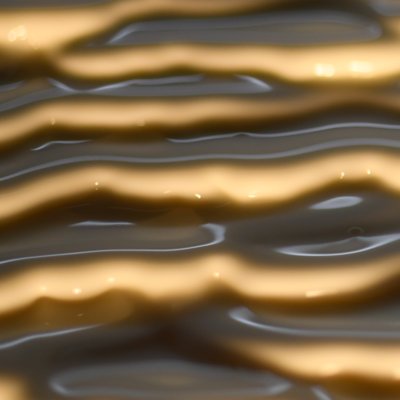
Capillary flows of particulate suspensions
Composite jets, drops or films made of solid particles and liquid do not always behave like usual liquid jets, drops, films. Adding particles facilitates the coating of a solid object, limits the splashing and spreading of an impacting drop and, in spite of increasing the viscosity, can hasten the fragmentation of a jet dramatically.
- Extensional viscosity & thinning of a fiber suspension thread, 2021
- Deformation upon impact of a concentrated suspension drop, 2020
- Dip-coating with a particulate suspension, 2019
- Breakup of a particulate suspension jet, 2019
- Pinch-off of a viscous suspension thread, 2018
- Clogging in constricted suspension flows, 2018
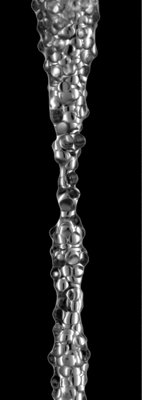
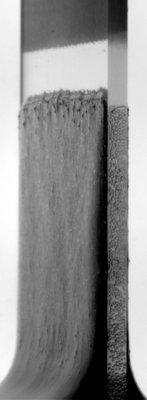
Mixing in suspensions/porous media
Dispersing and mixing a dye – or a hot spot – inside a viscous liquid within a realistic amount of time usually requires a meticulous stirring. In a particlulate suspension, a gentle shear is sufficient: collisions between the particles create a chaotic flow which spontaneously stirs and mixes the suspending liquid.
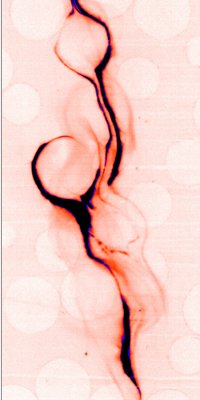
Interface destabilization & fragmentation
Liquid sheets and curtains
Savart sheets and bells, first studied by Savart in the early 19th, are beautiful and easily controlable dynamic fluid objects formed by letting a jet impact onto a solid with similar size. They prove to be an ideal tool for studying the dynamics of folding, the destabilization of the edge, and the fragmentation of suspended liquid sheets.
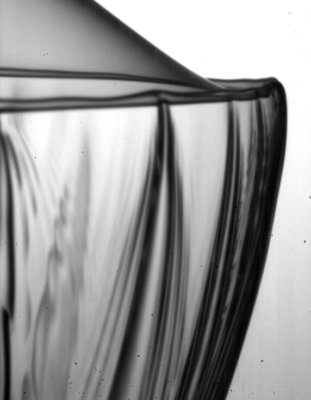
Drop impacts
A drop impacting onto a surface deforms, and either spreads, bounces or fragments depending on its size, velocity, surface tension, etc… This is not only true for an impact with a solid but also for a drop impacting onto an immiscible liquid bath, or for a falling opaque drop hit by a laser pulse.

Visco-elastic surface flows
Adding a minute fraction of long unbranched polymers in water tremendously affects the rheology, hence the dynamics of small liquid objects. A jet of such a visco-elastic liquid may for instance develop wings on impact and form a polygonal liquid sheet or a polygonal hydraulic jump. Visco-elasticity also drastically affects the flow and stability of liquid curtains used in coating processes.
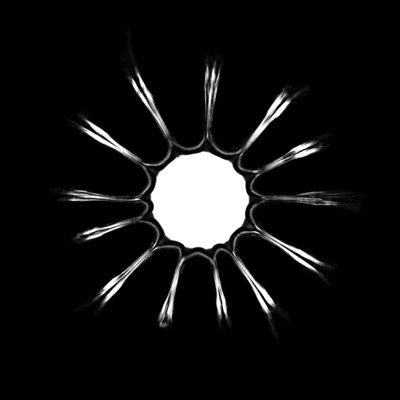
Levitation of a drop
A drop of liquid gently deposited onto a moving and inclined surface naturally deforms to accomodate the air flow. This allows the steady levitation, or 'surf', of the drop over a micrometer-thick air cushion.
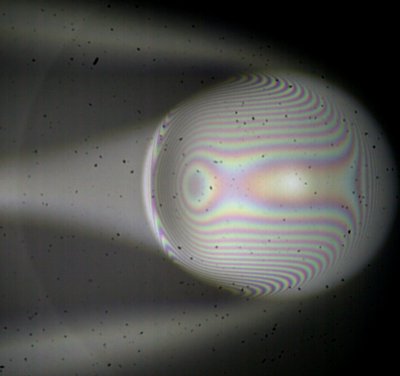
Liquid films & bubbles bursting
Both flat soap films formed in foams, or by withdrawing a frame out of a pool, and the curved films formed when air bubbles rise to the ocean surface are prone to draining, nucleating a hole and atomizing in many small droplets once a hole has opened. This is, for instance, the origin of sea-spray.

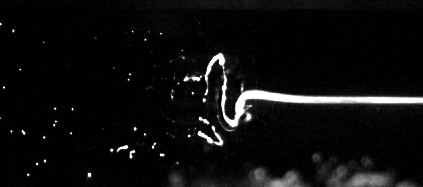
Phase change & others
Dew collection on textured surfaces
Dew, i.e. atmospheric water condensing on solid surfaces facing a clear night sky, forms droplets that do not drain until they grow up to typically 1 mm in size. Dew collection, motivated by drinking purpose in dry areas, crucially depends on this amount of water required to prime the flow, which compares to the whole night condensation. Textured surfaces represent one promising strategy to reduce this priming water and improve dew collection.

Bubble nucleation on rubbing solids
Gently rubbing two immersed solids together may nucleate gas/vapor bubbles which subsequently grow. By controling the rubbing force and velocity this permits forming a regular bubble trail, that is, 'writing with bubbles'.
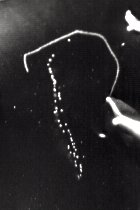
Boiling of highly superheated liquids
A drop of a volatile liquid immersed in a non-volatile liquid may be heated far above its usual boiling temperature before it actually boils. When the first vapor bubble eventually forms, the boiling dynamics is determined by the wetting properties of the two liquids.



